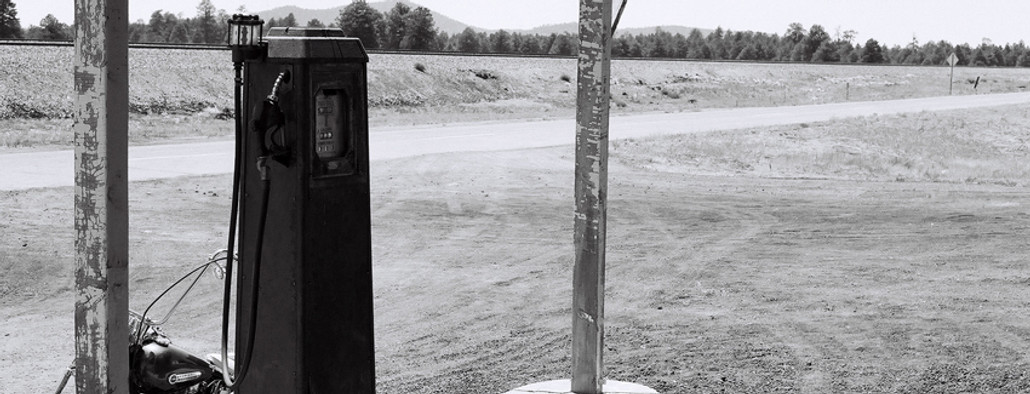America – A Lost Art
Posted by Team Motorcycle on Nov 20th 2016
| “A man went looking for America, and couldn’t find it anywhere…” The prophetic tagline from the timeless cult classic, Easy Rider. Pretty heavy for 1969, wouldn’t you say? But what would the film’s protagonists say in 2015, had they not met their untimely demise in a climatic twist of irony? Filmed in 1968 with a theatrical release in ‘69, Easy Rider is a true piece of counterculture history that in my opinion, despite its “R” rating, should be shown to film and history students in high school. It’s an incredible record of ‘60’s cinematography, a look into the drug culture, political and social issues, as well as the significant racism and violence in the South at the time. Times have certainly changed since the heady days of the late ‘60s; some for the better and some for the worse. |
| I mentioned in my last column that I had ridden my ’64 Harley Panhead from LA to New Orleans, just like Captain America and Billy. Besides the blissful feeling of letting go and the pure joy motorcycle lovers like myself get from a ride, I too, wanted to look for America. To take personal account of how things have changed since the original trip in 1968. Has our country really evolved; or has it deteriorated? With a little research, I plotted out the exact route from the original motion picture. |
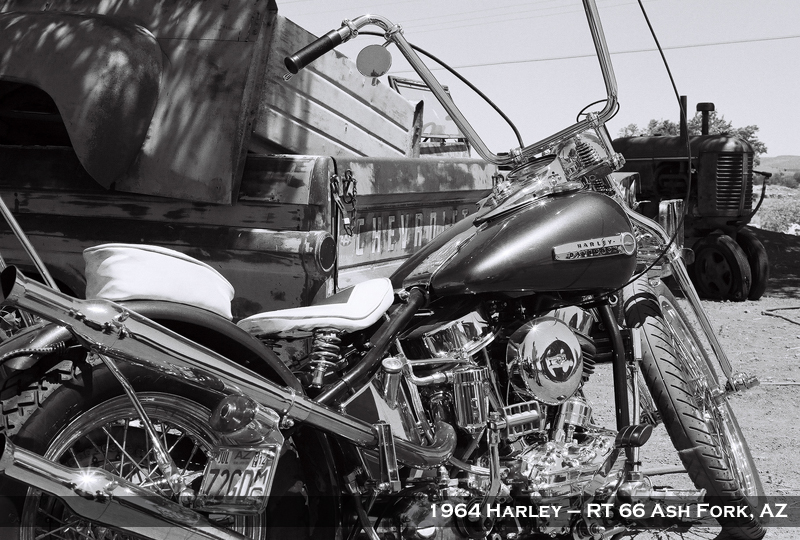
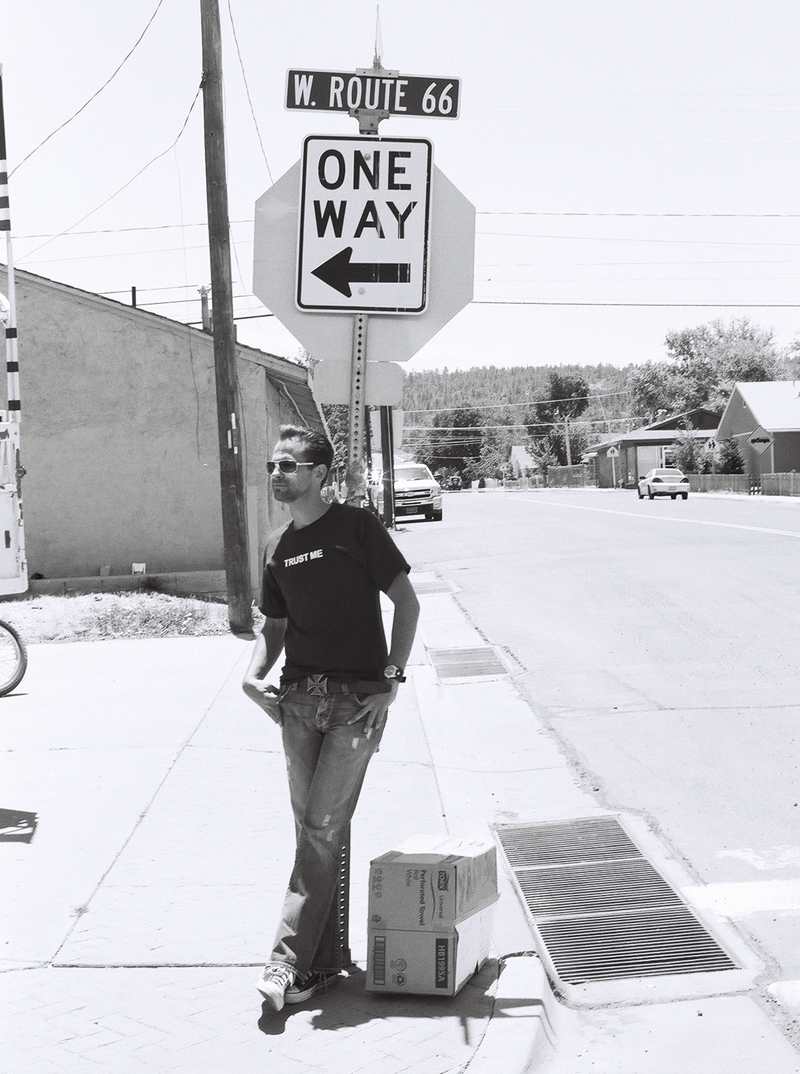
| I packed up my old school camera, grabbed some film, a bedroll, a few essentials and hit the road with a buddy. Taking climate into consideration, we did not do the ride in time for Mardi Gras; instead we took advantage of the near flawless weather conditions for all the relevant states in late May and early June. Once we broke out of California, things started to play out like a video montage. A majority of the film’s scenes were shot in the Southwest; Arizona specifically, and it’s no wonder. Historic Route 66 was the road travelled whenever possible. 66 took us through some mysterious and intriguing towns, some of which are rumored to be haunted. Places like Flagstaff, the Painted Desert and Sunset Crater; all very rich in Native American culture. |
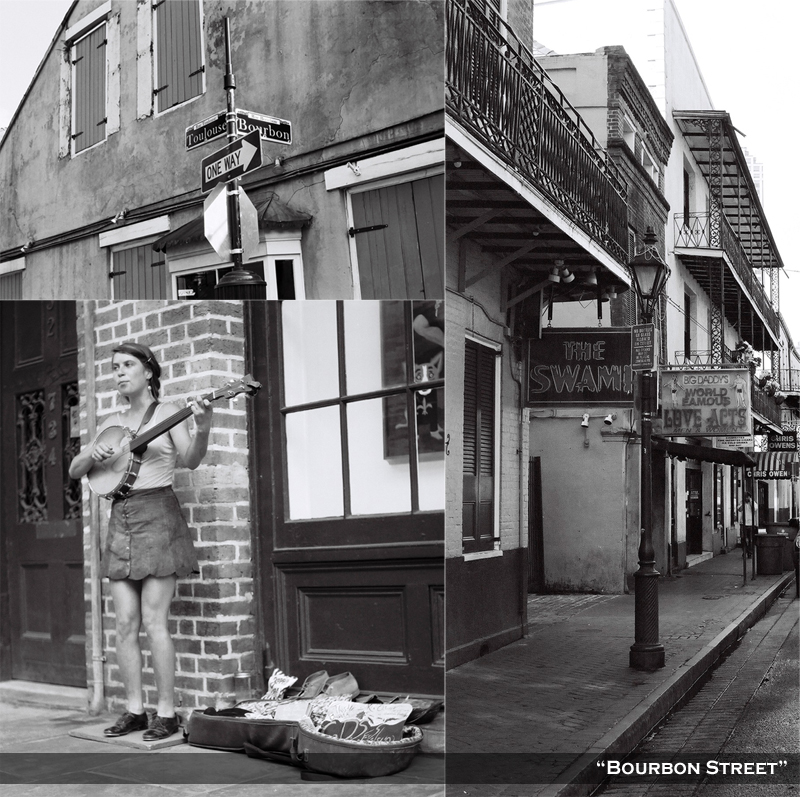
| Among the small towns we visited, was Williams, Arizona. Although not filmed in the movie, this town very well could have been. Packed with character, idling into Williams via 66 was as if we had the flux capacitor helping us out and dropping us off back in the early 1950s. Surrounded by historic buildings consisting of gas stations, cafes, malt shops, watering holes and the like, we stopped to engage with the locals and continued our journey in the morning. I can’t say enough about the charisma and aura in this stretch of Route 66. |
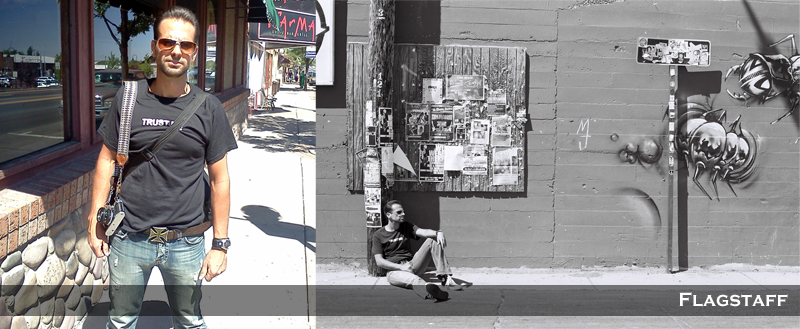
| At an average of about 400 miles, each day’s ride culminated with a stellar sunset before dropping camp at a nearby State Park or KOA, and relaxing by the campfire. There is nothing more therapeutic than taking a long ride out of the city and detaching from social media, responsibilities and all the other mind numbing activities that occupy our lives in these modern times. Going primitive, getting back to America’s roots, indulging in a home-style comfort meal at a hole-in-the-wall greasy spoon; all to clear your head and reboot. If only we had our guitars… |
| On the way out of Arizona, we happened upon landmark locations from the movie, such as the Pine Breeze Inn and the Sacred Mountain Gas Station. Located in Bellemont, Arizona, the Pine Breeze Inn is the motel whose discriminating attendant turned our beloved heroes away by changing the sign to read “No Vacancy,” during one of the early scenes. |
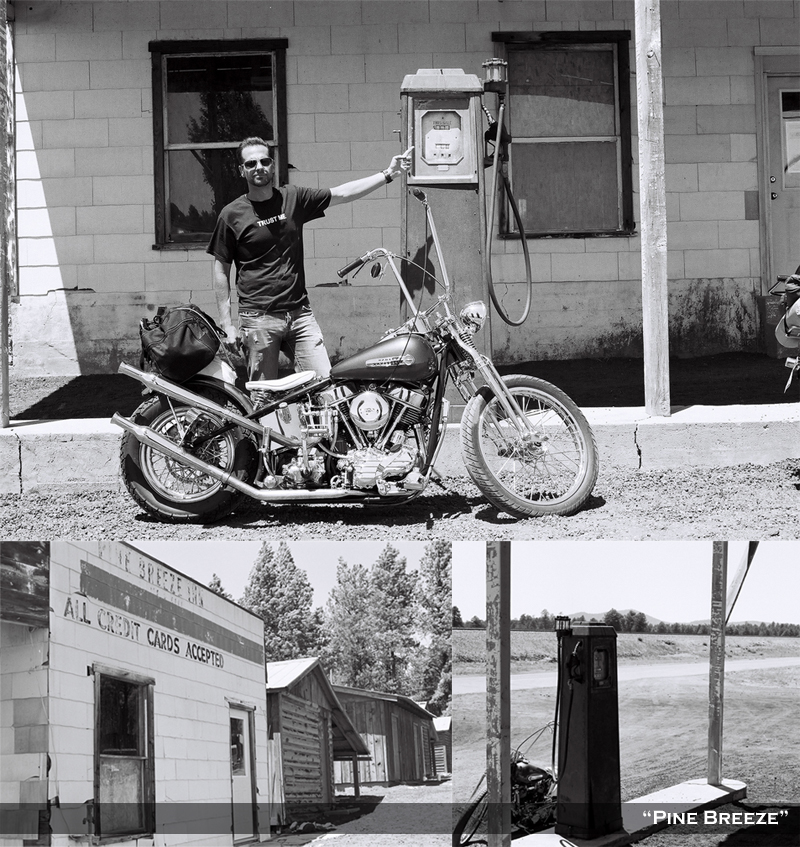
| Pulling into New Orleans, the dream had been realized. I’d always wanted to ride into the Rampart District and roam the French Quarter. Particularly, I'd always wanted to shoot black and white film in the cemetery where Peter Fonda was filmed experiencing a bad acid trip while his counterpart, Dennis Hopper, right beside him, was engaged in a sex act with a prostitute. |
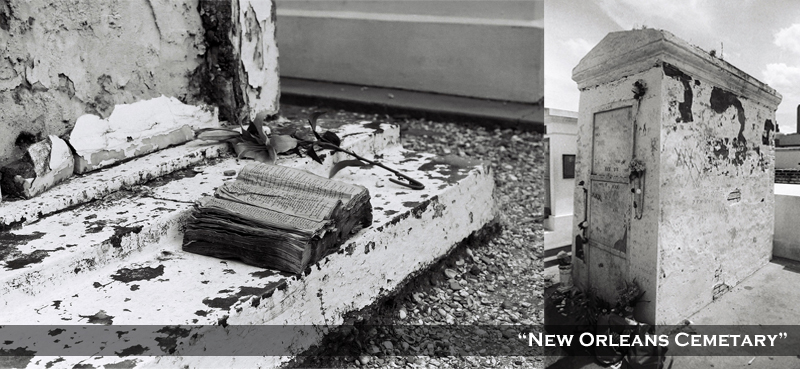
| Easy Rider was a film that broke all the rules. Shot on a shoe string budget and nary a script, it would go on to gross millions of dollars and claim it's place in history. A film like no other, it completely pushed the envelope by using real drugs and filming real interactions between people of the community and the ill perceived counterculture. A film that simply could not be made today.* |
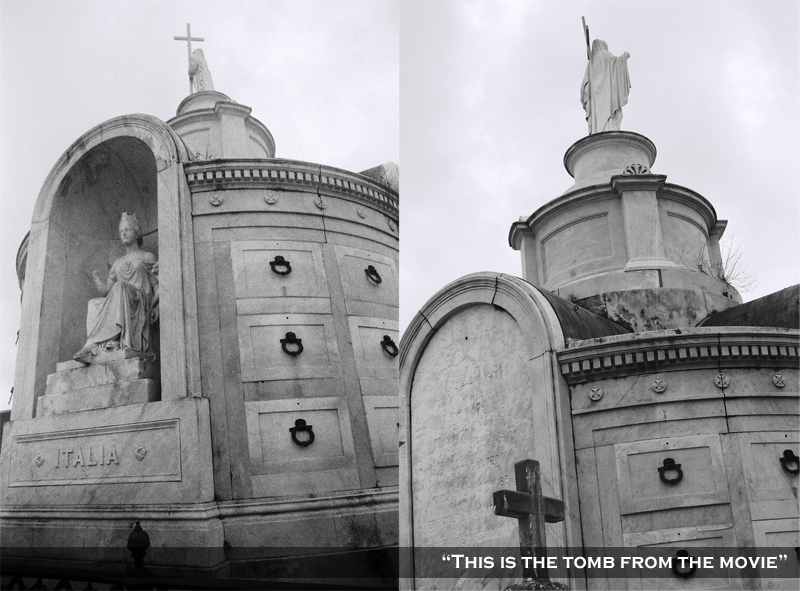
| 46 years on, the unshaven, messy haired and likely smelly, road weary two-wheeled traveler is accepted. Not only accepted, but welcomed, waived at and served with a smile. My fellow rider and I experienced nothing but cordial and pleasant exchanges with many interesting strangers from all walks of life along the way. Bob Dylan said it best in 1964: “The Times They Are a-Changin”. |
| *Writer Note: I do not use, condone nor promote the use of illicit drugs in any way. I discuss it here with regards to this film as a fascinating example of the sign of the times. - Johnny Zapp |

